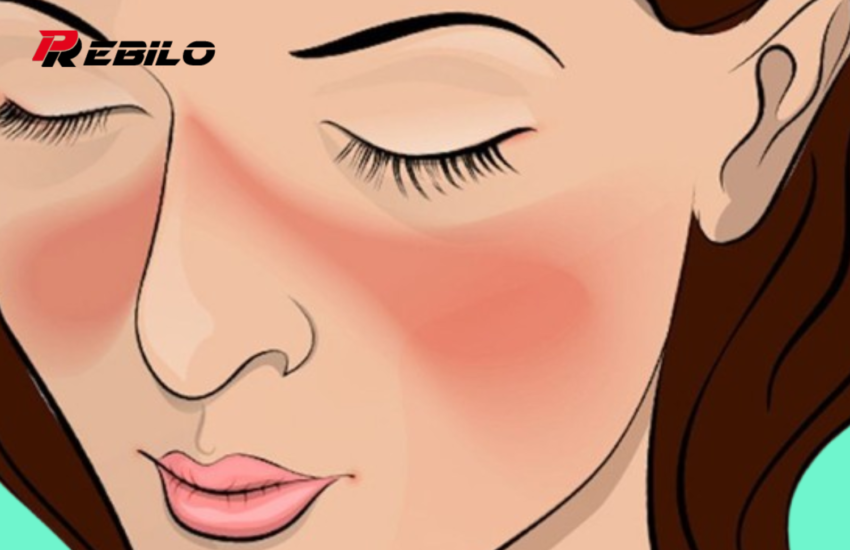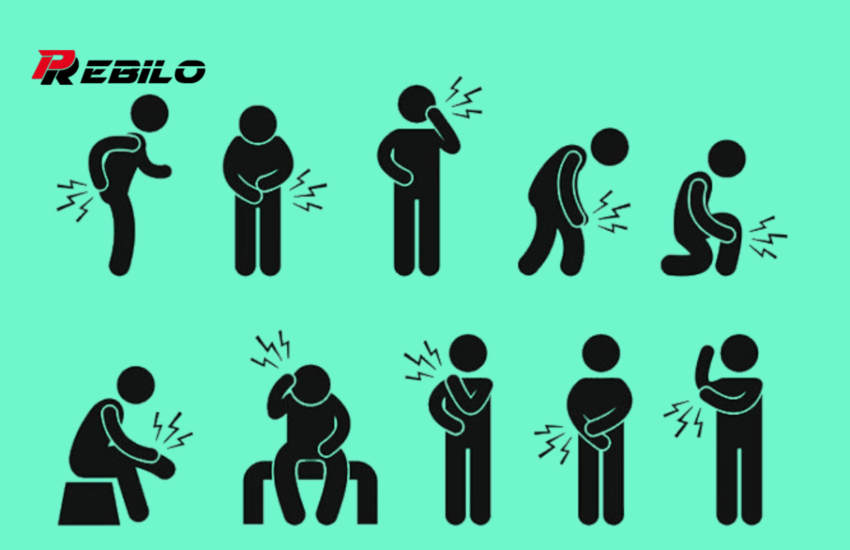Months Before a Stroke, Your Body Will Send You These Warning Signals!
A stroke is a medical emergency that occurs when blood flow to the brain is interrupted, causing brain cells to die. It’s a leading cause of death and disability worldwide. While strokes can happen suddenly, there are often warning signs that manifest months before the event. Recognizing these early signals can be crucial in preventing a stroke and seeking timely medical intervention.
Understanding Strokes
Before delving into the warning signs, it’s essential to understand the two primary types of strokes:
- Ischemic Stroke: This is the most common type, accounting for about 87% of all strokes. It occurs when a blood clot blocks a blood vessel supplying the brain.
- Hemorrhagic Stroke: This occurs when a blood vessel in the brain bursts, causing bleeding within or around the brain.
Both types can cause significant damage to the brain, leading to severe physical and cognitive impairments. However, the body often gives subtle signals before a major stroke occurs.
Transient Ischemic Attacks (TIAs)
One of the most critical warning signs is a Transient Ischemic Attack (TIA), often referred to as a “mini-stroke.” TIAs occur when there’s a temporary blockage of blood flow to the brain. The symptoms are similar to those of a stroke but are temporary and usually last only a few minutes. They include:
- Sudden Numbness or Weakness: Especially on one side of the body.
- Confusion: Trouble speaking or understanding speech.
- Vision Problems: Sudden trouble seeing in one or both eyes.
- Difficulty Walking: Dizziness, loss of balance, or lack of coordination.
TIAs are significant warning signs that a full-blown stroke could occur soon. If you experience any of these symptoms, seek medical attention immediately.
Physical Symptoms
Several physical symptoms can indicate an increased risk of stroke:
- Frequent Headaches: While not every headache signifies a stroke, sudden, severe headaches with no known cause can be a warning sign, especially if they are different from usual headaches.
- Sudden Fatigue: Unexplained, persistent fatigue and weakness can be indicative of underlying cardiovascular issues that might lead to a stroke.
- Dizziness and Fainting: Frequent dizziness or episodes of fainting can be a sign of poor blood flow to the brain.
- Facial Drooping: Noticeable drooping or numbness on one side of the face can be a precursor to a stroke.
- Limb Weakness: Sudden weakness or numbness in the arms or legs, particularly on one side of the body, is a red flag.
Cognitive and Behavioral Changes
Strokes can also affect cognitive functions and behavior months before they occur:
- Memory Loss: Unexplained memory lapses, especially if they are sudden and severe, can be a sign of a stroke.
- Mood Swings: Abrupt changes in mood, such as increased anxiety, depression, or irritability, might be linked to changes in brain function.
- Difficulty with Speech: Struggling to find the right words, slurring speech, or having trouble understanding others can be early warning signs.
Risk Factors
Certain risk factors increase the likelihood of having a stroke. Awareness and management of these can help in early detection and prevention:
- Hypertension: High blood pressure is the leading cause of stroke. Regular monitoring and management are crucial.
- Diabetes: People with diabetes are at higher risk due to damage to blood vessels over time.
- Heart Disease: Conditions like atrial fibrillation and heart valve issues can lead to blood clots that cause strokes.
- High Cholesterol: Elevated levels of cholesterol can lead to plaque buildup in arteries, increasing the risk of stroke.
- Smoking and Alcohol: Both smoking and excessive alcohol consumption significantly increase stroke risk.
- Obesity: Being overweight contributes to high blood pressure, diabetes, and heart disease, all of which are risk factors for stroke.
Preventive Measures
Recognizing the warning signs is crucial, but taking preventive measures is equally important:
- Regular Check-ups: Routine medical examinations can help detect and manage risk factors like hypertension, diabetes, and high cholesterol.
- Healthy Diet: A diet rich in fruits, vegetables, whole grains, and lean proteins can help maintain healthy blood pressure and cholesterol levels.
- Exercise: Regular physical activity helps improve cardiovascular health and reduces the risk of stroke.
- Quit Smoking: Smoking cessation significantly reduces the risk of stroke.
- Limit Alcohol: Moderating alcohol intake can help prevent stroke.
- Medication Adherence: Taking prescribed medications for hypertension, diabetes, and heart conditions as directed by your doctor is essential.
- Manage Stress: Chronic stress can contribute to hypertension and other stroke risk factors. Practice stress-relieving activities like meditation, yoga, or hobbies.
Seeking Medical Attention
If you experience any of the warning signs mentioned, don’t wait to see if they go away. Immediate medical attention is crucial. Call emergency services and get to a hospital as quickly as possible. Early intervention can prevent significant brain damage and improve outcomes.
Conclusion
A stroke can have devastating consequences, but recognizing the early warning signs and risk factors can make a significant difference. By staying informed and proactive about your health, you can reduce the risk of stroke and seek timely medical intervention if needed. Remember, your body often sends signals before a major health event—paying attention to these signals can save your life.
Taking charge of your health, understanding the risk factors, and recognizing the warning signs can help you act quickly and effectively to prevent a stroke. Make regular check-ups, a healthy lifestyle, and awareness of your body’s signals a priority to safeguard your health against strokes.


